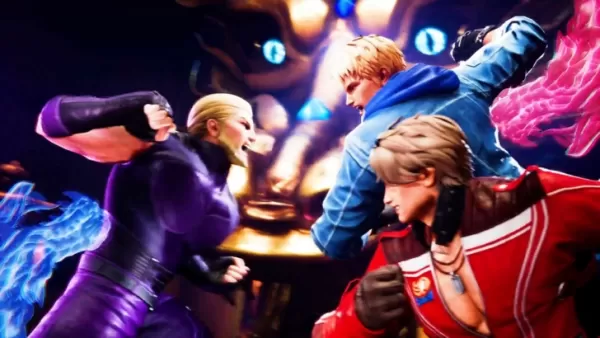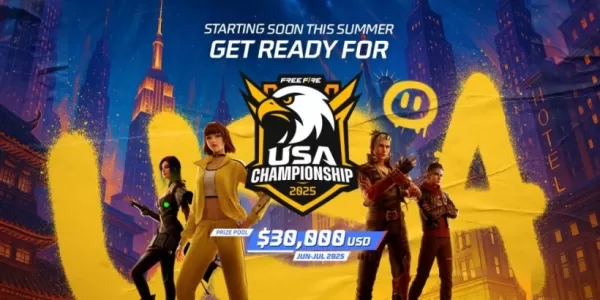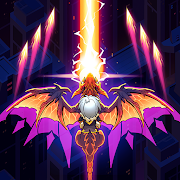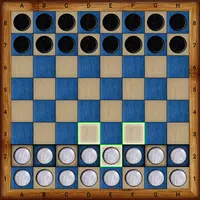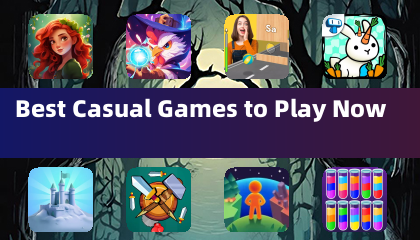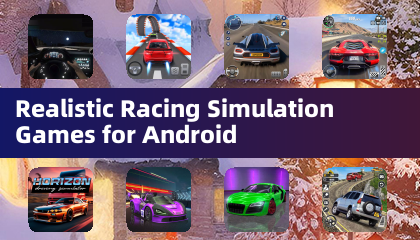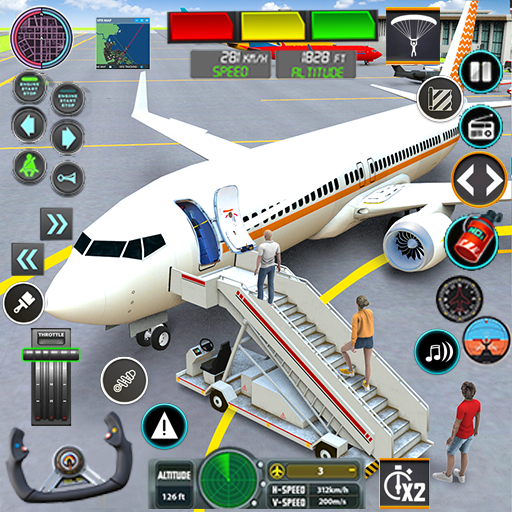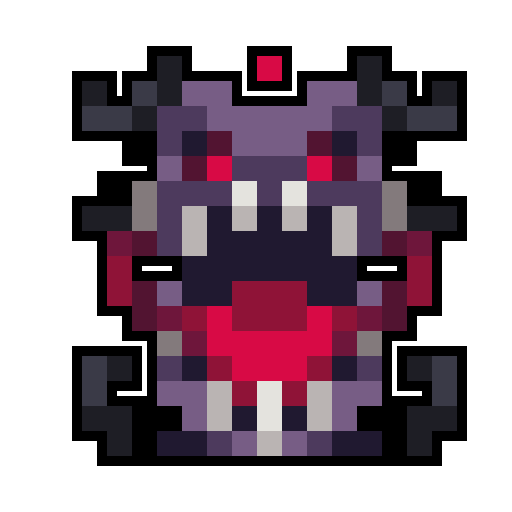Minecraft: From Humble Beginnings to Global Phenomenon
Few realize the incredible journey Minecraft undertook to become a global gaming icon. This article delves into the history of Minecraft, tracing its evolution from a single programmer's vision to a cultural phenomenon that reshaped the gaming landscape.
Table of Contents
- Initial Concept and First Release
- Cultivating a Dedicated Player Base
- Official Launch and Worldwide Success
- A Timeline of Minecraft Versions
Initial Concept and First Release
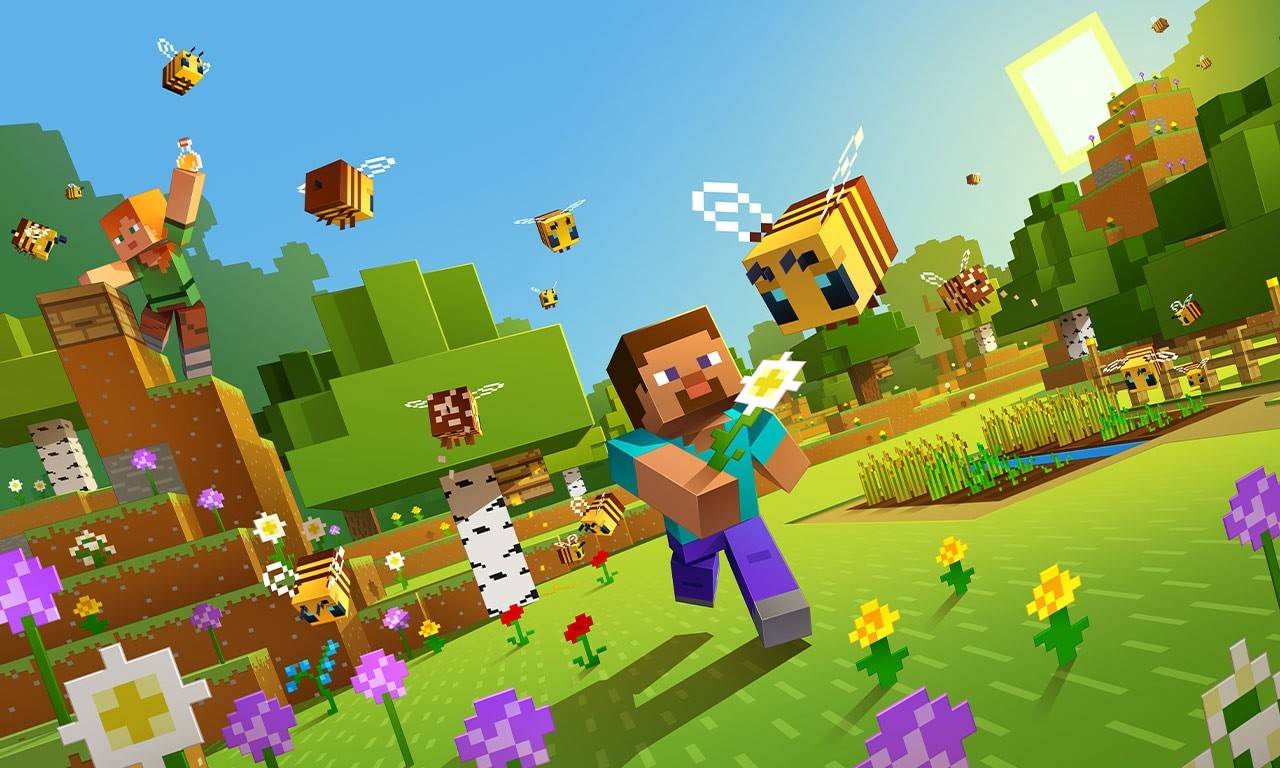 Image: apkpure.cfd
Image: apkpure.cfd
The Minecraft saga began in Sweden with Markus Persson, known as "Notch." Inspired by games like Dwarf Fortress, Dungeon Keeper, and Infiniminer, Notch aimed to create a game emphasizing freedom of building and exploration. The alpha version launched on May 17, 2009, a lightweight pixelated sandbox developed during Notch's downtime from his position at King.com. Its intuitive building mechanics instantly captivated players, drawing them into Persson's burgeoning digital world.
Cultivating a Dedicated Player Base
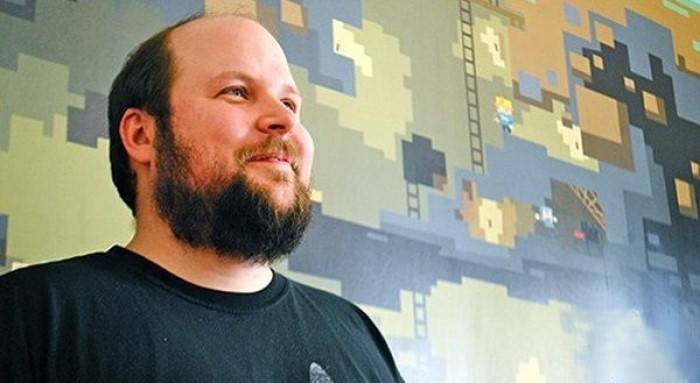 Image: miastogier.pl
Image: miastogier.pl
Word-of-mouth and online buzz fueled Minecraft's rapid ascent. By 2010, the game transitioned to beta, prompting Notch to establish Mojang Studios to fully dedicate himself to its development. Minecraft's unique blend of creativity and open-ended gameplay resonated deeply with players, who constructed everything from personal dwellings to replicas of famous landmarks and entire cities. A pivotal update introduced Redstone, a material enabling players to build complex contraptions, further enhancing the game's appeal.
Official Launch and Worldwide Success
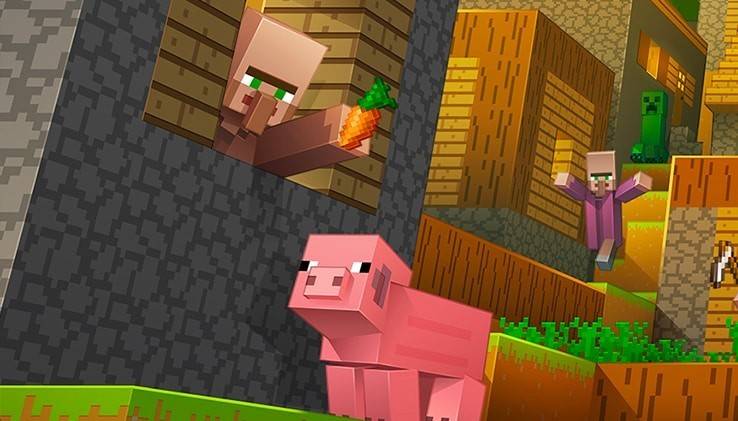 Image: minecraft.net
Image: minecraft.net
Minecraft's official 1.0 release on November 18, 2011, solidified its position as a global phenomenon. Millions of players already comprised a vibrant community, generating a massive and highly active fanbase. This community fostered a rich ecosystem of modifications, custom maps, and even educational projects. In 2012, Mojang expanded Minecraft's reach to consoles like the Xbox 360 and PlayStation 3, broadening its appeal to a wider audience and captivating children and teenagers alike with its blend of entertainment and educational potential.
A Timeline of Minecraft Versions
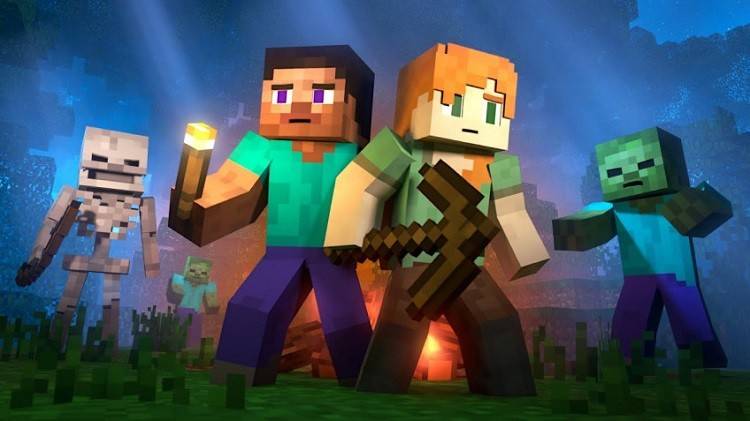 Image: aparat.com
Image: aparat.com
The following table highlights key Minecraft versions post-launch:
| Version Name | Description |
| Minecraft Classic | The initial, free version. |
| Minecraft: Java Edition | Initially lacked cross-platform play; later integrated Bedrock Edition. |
| Minecraft: Bedrock Edition | Enabled cross-platform play across Bedrock versions; PC version includes Java. |
| Minecraft mobile | Cross-platform compatible with other Bedrock versions. |
| Minecraft for Chromebook | Chromebook-specific version. |
| Minecraft for Nintendo Switch | Includes the Super Mario Mash-up pack. |
| Minecraft for PlayStation | Cross-platform compatible with other Bedrock versions. |
| Minecraft for Xbox One | Partially Bedrock; updates ceased. |
| Minecraft for Xbox 360 | Support ended after the Aquatic Update. |
| Minecraft for PS4 | Partially Bedrock; updates ceased. |
| Minecraft for PS3 | Support ended. |
| Minecraft for PlayStation Vita | Support ended. |
| Minecraft for Wii U | Featured off-screen play. |
| Minecraft: New Nintendo 3DS Edition | Support ended. |
| Minecraft for China | China-exclusive version. |
| Minecraft Education | Designed for educational settings. |
| Minecraft: PI Edition | Educational version for Raspberry Pi. |
Conclusion
Minecraft's legacy extends far beyond a single game; it's a thriving ecosystem encompassing communities, online content, merchandise, and competitive events. Continuous updates introduce new biomes, characters, and features, ensuring its enduring appeal.

